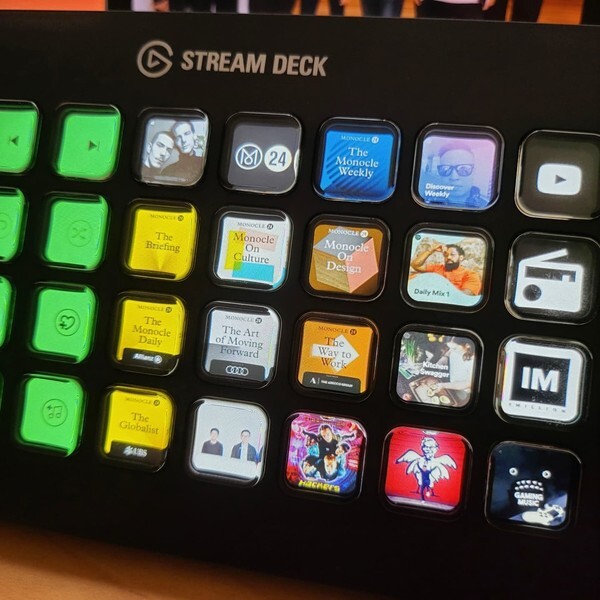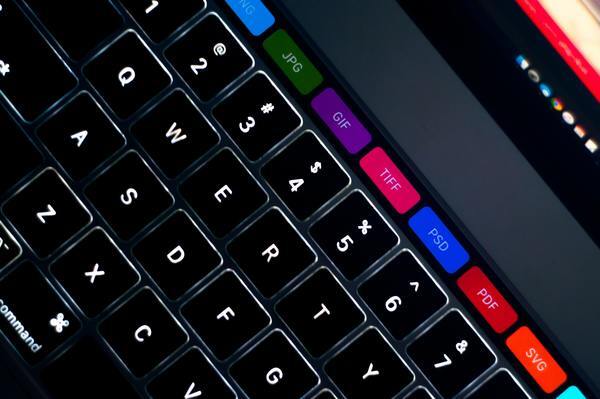
I guess it can be said that when you have a great hammer, everything looks like a nail.
And the multitouch interface was a pretty good hammer for Apple as a company, changing the way that its users interacted with its technology solutions over time.
But Apple is the kind of company that thinks differently about nails.
Maybe Apple has been afraid of seeing the main interface of the Mac as a nail, which is why its screens haven’t made the leap to touch despite the technology being there for years and being good enough for said use case for quite some time.
But that effort to try and thoughtfully limit how the touchscreen was used in its systems might have actually made the Touch Bar an even more questionable bit of kit. By attempting to winnow down its use case in a specific way, rather than give people the option to use it and let them decide how to work it into their workflow, the company ultimately stymied what the Touch Bar could be. By last fall, Apple had started to remove it from its latest MacBook Pros.

(Kevin Lim/Flickr)
Meanwhile, a company in a completely different space took a seed of the basic idea that the Touch Bar tried to represent and actually made it useful to a lot of people. The Stream Deck (not to be confused with this), a screen-plus-buttons interface, is intended for video streamers as a way of helping to control their machines at a time they are working with immediacy—in the middle of a stream—and then winnowing down what they do into the easy muscle-memory approach.
In many ways, it’s very similar to the Touch Bar—it brings imagery to basic interfaces. But by trying not to define how the Stream Deck is used and instead making it simple and flexible and programmable for given use cases, the device has become an iconic product. It’s basically second to ring lighting as the official product of live streaming.
https://twitter.com/hondanhon/status/1494528734514270209
Elgato, the AV tech company that had previously been best known for its video conversion equipment, released it just six months after the Touch Bar, and it will likely outlive it by many years; it might even become a mainstream consumer device soon enough. I think it’s one of those products that stands a real chance of breaking out with a bigger audience.
(It should be noted that, while Elgato definitely deserves the flowers for making it a successful product, the designer Artemy Lebedev developed this general idea back in 2005. Apple was rumored to be working on that approach at the time.)
Apple could have had success with a more narrow audience with something like the Touch Bar. It has a segment of its audience, video editors, that it really emphasizes in its marketing, as well as one focused on audio applications. Each of these audiences could have been pitched a specialized touch interface that largely worked as a trackpad but added in visual tools as was needed. (Magic Trackpad 4?) It could have been an external device, rather than something every consumer had to buy with the laptop. And it would have been more functional, solving the primary issue for the audience that needed it, while letting the audience that didn’t well enough alone.

(Sumudu Mohottige/Unsplash)
The reason the Stream Deck succeeded in the market, while the Touch Bar has been left to languish, is because of a mixture of two things: One, an intentionally narrowed market focus; and two, an understanding of how users actually use their devices. Muscle memory is a big thing when you own a laptop. And I think that a lot of the reason why the Touch Bar was ultimately rejected by much of its user base was because it actively competed with the way regular people work. It was built for a way Apple wanted people to work, but which hadn’t been tested in the market in a real way. (To be fair, we got the iPhone and iPad out of that approach.) Meanwhile, all of Apple’s qualms about touchscreens on laptops are basically non-issues, as proven by the fact that Windows has lovingly embraced multitouch for a decade now.
The Stream Deck was a device built around the way people actually work in a live setting. It’s simple. It’s awesome. It probably makes the lives of its users a lot easier.
And it might eventually become a huge product for people who don’t stream.
(Thanks Dan Hon for the inspiration for this one.)
Time limit given ⏲: 30 minutes
Time left on clock ⏲: 2 minutes, 33 seconds



